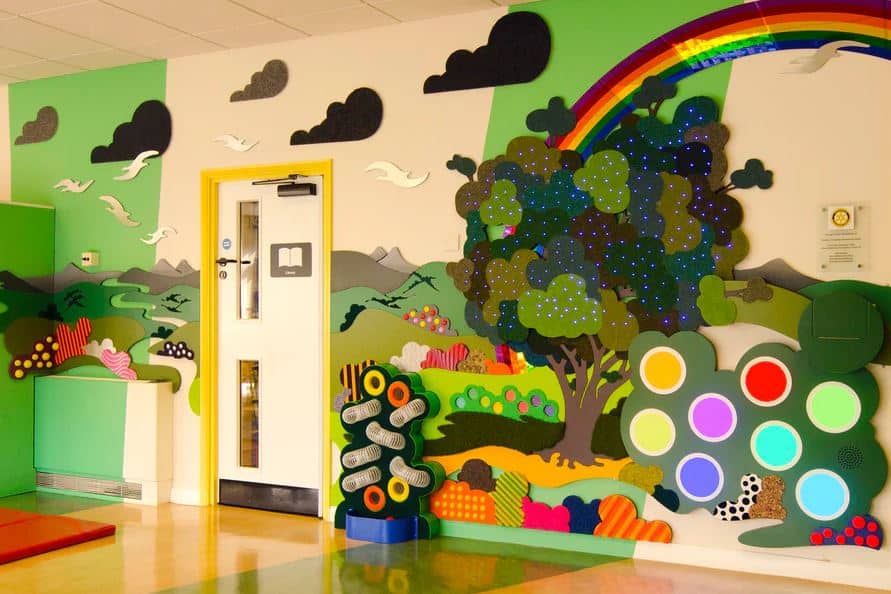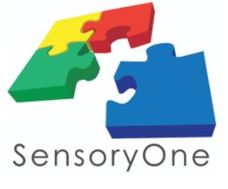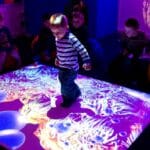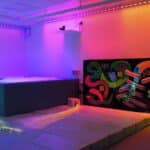
Tactile wall murals are gaining traction as both interactive tools and aesthetically appealing elements of modern spaces. These murals serve more than just decorative purposes—combining sensory stimulation with visual art to engage users on multiple levels. From enhancing sensory exploration for children to becoming eye-catching focal points for designers, tactile wall murals offer remarkable benefits that span education, therapy, and design trends.
Did you know? At SensoryOne, we provide a wide range of tactile wall murals that engage the senses while adding artistic flair to any environment. Whether you’re looking to install them in a therapy room, school, or public space, explore our offerings to enhance your space’s function and aesthetic.
Tactile Features: Stimulating the Mind and Body
Tactile murals are far more than beautiful installations. They encourage users to touch, explore, and interact with textured surfaces, which activates multiple areas of the brain. These features offer profound benefits, especially for children and individuals with special needs or sensory processing challenges.
- Development of Fine Motor Skills
Interactive elements like textured patterns, soft fabrics, or raised shapes invite hands-on engagement, helping to develop hand-eye coordination and fine motor skills. For children, regularly interacting with these surfaces builds foundational skills needed for tasks such as writing or using tools. - Therapeutic Applications
Tactile exploration is a proven strategy in sensory integration therapy, which helps children with autism, ADHD, or other sensory processing issues. The varied surfaces in tactile murals help individuals regulate their sensory input, providing calming effects or stimulating engagement when needed. - Engagement in Learning Spaces
Schools increasingly use tactile murals in classrooms and hallways to create multisensory environments that foster learning. These installations appeal to kinesthetic learners, who grasp concepts more effectively through touch and interaction rather than visual or auditory input alone. - Improving Well-Being in Public Spaces
Tactile murals are also making their way into healthcare and wellness environments. In long-term care homes, for example, murals provide residents with sensory stimulation that reduces anxiety, promotes relaxation, and encourages social interaction. These benefits are especially significant for individuals with dementia or Parkinson’s.
Using tactile elements in spaces promotes emotional well-being by encouraging exploration and providing an outlet for tactile expression. It’s an essential to explore tactile mural solutions as part of forward thinking design.
Visual Appeal: Merging Art and Function
Beyond their sensory benefits, tactile murals are increasingly recognized for their visual beauty. Designers and architects are integrating these murals into commercial interiors, public spaces, and therapeutic environments to add artistic value and transform spaces into memorable experiences.
- Eye-Catching Designs for Commercial Interiors
Many tactile murals feature elaborate patterns and vibrant colors, allowing them to serve as both sensory tools and aesthetic elements. Hotels, museums, and corporate offices are incorporating these murals to engage visitors and reflect brand identity. A well-placed tactile wall mural can become a conversation piece and leave lasting impressions on customers. - Functional Beauty in Therapeutic Spaces
In therapy centers and educational institutions, murals act as functional art pieces, blending seamlessly into the environment without sacrificing purpose. For example, a mural installed in a sensory room may feature calming textures that also serve as an artistic statement, elevating the atmosphere. - Architectural Integration
Modern architects are increasingly favoring tactile murals for public spaces. These installations provide an opportunity to incorporate art into walls, hallways, and waiting areas, making everyday spaces more dynamic. Tactile murals can enhance the ambiance of hospitals, airports, and schools by combining artistic expression with sensory engagement and play. Incorporating art that engages both touch and sight offers designers a unique way to create inclusive, interactive environments, particularly for neuro divergent populations. These murals can also align with wellness design trends that prioritize user well-being by fostering engagement and relaxation. Therapeutic and art integration is part of forward-thinking design.
Enhancing Spaces with Sensory Wall Murals
Tactile murals combine function with aesthetics, making them ideal for educational, therapeutic, and commercial settings. Whether they are enhancing motor skills, promoting well-being, or adding artistic flair to a space, these murals provide unmatched value. As more designers and architects recognize the importance of multi-sensory environments, tactile murals are poised to become even more popular in public and private spaces alike. Book a consultation with tactile mural creators to explore how a tactile mural can transform your space.



